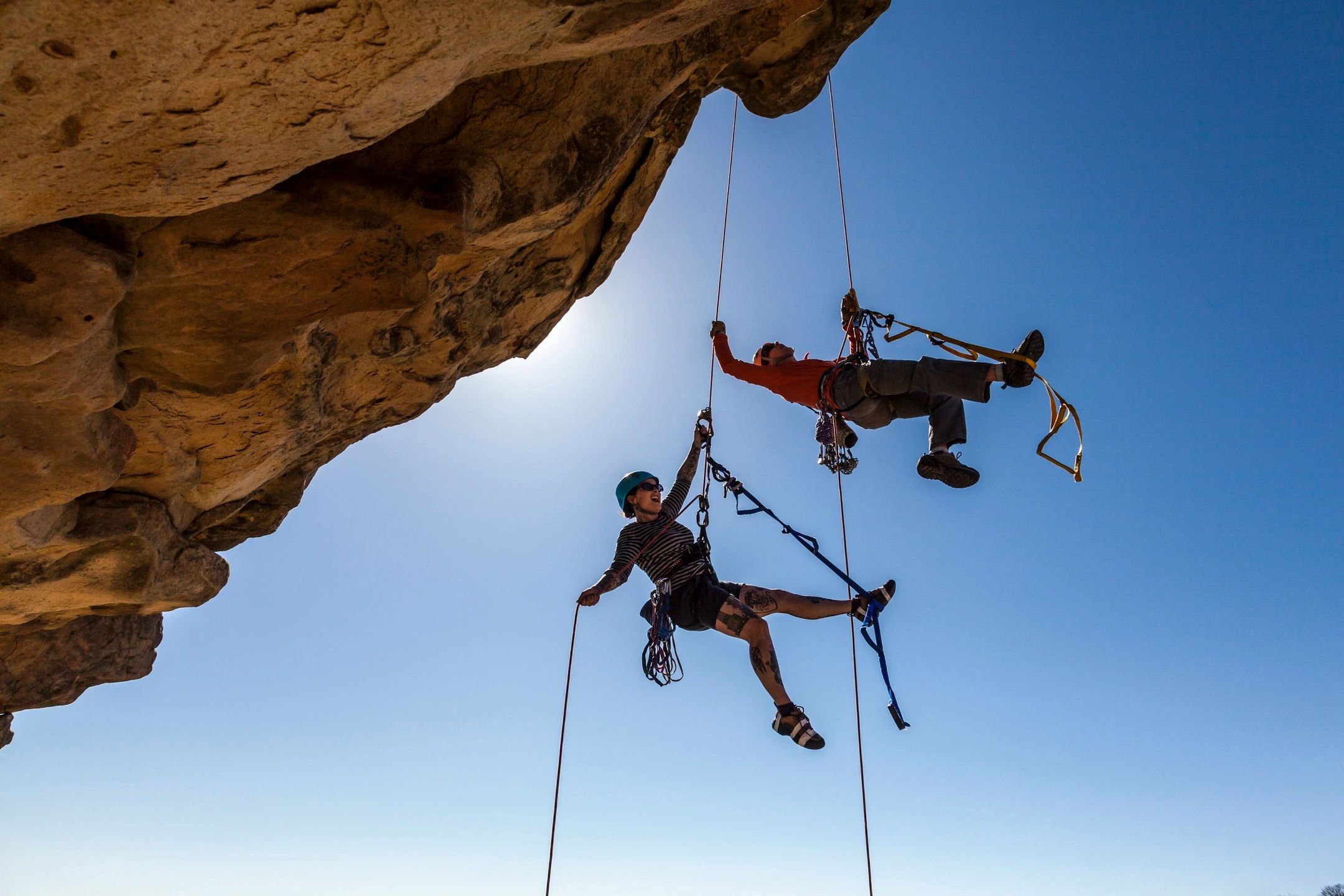Introduction
Embarking on a rock climbing expedition is a thrilling experience that immerses you in the beauty of nature while challenging your physical and mental limits. Finding the best climbing spots is the key to unlocking your vertical adventure and discovering breathtaking routes. In this comprehensive guide, we’ll equip you with essential tips and strategies to identify the best climbing locations, ensuring a safe and exhilarating experience every time you lace up those climbing shoes.
- The Difference Between a Top Rope Climbing Route and a Lead Climbing Route
Understanding the difference between top rope and lead climbing routes is crucial in finding the best climbing spots that match your skill level and preferences:
- Top Rope Climbing Route: In top rope climbing, an anchor is established at the top of the route, and the climbing rope runs through this anchor. The rope is then attached to the climber’s harness, and the belayer manages the rope’s slack. Top rope routes are ideal for beginners and offer maximum safety and support.
- Lead Climbing Route: In lead climbing, the climber ascends the route while placing their own protection (cams, nuts, etc.) and clipping the rope into these pieces as they progress. The lead climber must manage the rope’s slack while climbing, and the belayer provides dynamic support. Lead climbing routes offer more independence and challenge but require greater experience and technical skills.
- Climbing During the Different Seasons
The best climbing spots vary depending on the season, and each season offers unique challenges and opportunities:
- Fall: Fall offers crisp temperatures and stunning foliage, making it an ideal time for climbing. Cooler weather provides better friction on the rock and reduces the risk of heat exhaustion.
- Winter: Winter climbing demands more gear and technical skills, as icy and cold conditions prevail. Seek out sunny and sheltered routes to avoid icy surfaces.
- Spring: As temperatures rise and snow melts, spring provides optimal climbing conditions. However, be cautious of wet and potentially loose rock surfaces after rain.
- Summer: Climbing in summer can be hot and sweaty, but early mornings and late evenings offer cooler temperatures for better climbing conditions.
- Climbing in National or State Forests and/or Parks versus Climbing on Private Land
When choosing climbing spots, consider the location’s access regulations:
- National or State Forests and Parks: Many national and state parks offer designated climbing areas with established routes and safety measures. Check park websites for climbing guidelines and permits.
- Private Land: Climbing on private land requires permission from the landowner. Respect private property rights and seek permission before climbing on private land.
- How the Weather Affects Climbing
Understanding how weather impacts climbing is vital for your safety and enjoyment:
- Temperature: Extreme temperatures can affect your grip on holds and increase the risk of heatstroke or hypothermia. Choose climbing spots with favorable temperatures for the best experience.
- Wind: Wind can destabilize climbers and create challenging conditions. Check weather forecasts to plan your climbing days during calmer weather.
- Rain: Rain makes rocks slippery and unsafe for climbing. Avoid climbing on wet rock surfaces to prevent accidents.
- Lightning: Lightning is a severe danger for climbers. Always check the weather forecast and have a clear evacuation plan if storms are expected.
- How Wind, Rain, and Lightning Affect Climbing
- Wind: Strong winds can make climbing difficult, especially on exposed routes. Seek sheltered areas or plan climbs on wind-free days.
- Rain: Wet rock surfaces are hazardous for climbing due to reduced friction. Rain can also cause loose rocks and increased rockfall risk.
- Lightning: Lightning is a significant threat to climbers, as metal gear can attract strikes. Avoid climbing during thunderstorms and seek shelter immediately if lightning is nearby.
FAQs – Your Climbing Spot Questions Answered
- Are there climbing spots suitable for beginners?
Yes, many climbing spots cater to beginners with easy-to-moderate routes and ample safety measures.
- Can I climb alone?
Climbing alone is discouraged, especially for beginners. Climbing with a partner enhances safety and offers support during challenges.
- What should I look for in a climbing spot?
Consider factors like route difficulty, accessibility, weather conditions, and safety measures when choosing a climbing spot.
- Can I climb on any rock surface?
Climbing on natural rock surfaces requires permission from landowners and adherence to local climbing regulations.
Conclusion
Armed with these valuable tips, you’re now equipped to find the best climbing spots for your vertical adventure. Remember that safety should always be your top priority, so research and plan your climbs carefully. Respect access regulations, seek permission for private land climbing, and prioritize environmental stewardship during your climbing journeys. So, gear up, venture into the great outdoors, and unleash your passion for climbing in the most breathtaking and exhilarating locations around! Happy climbing!
